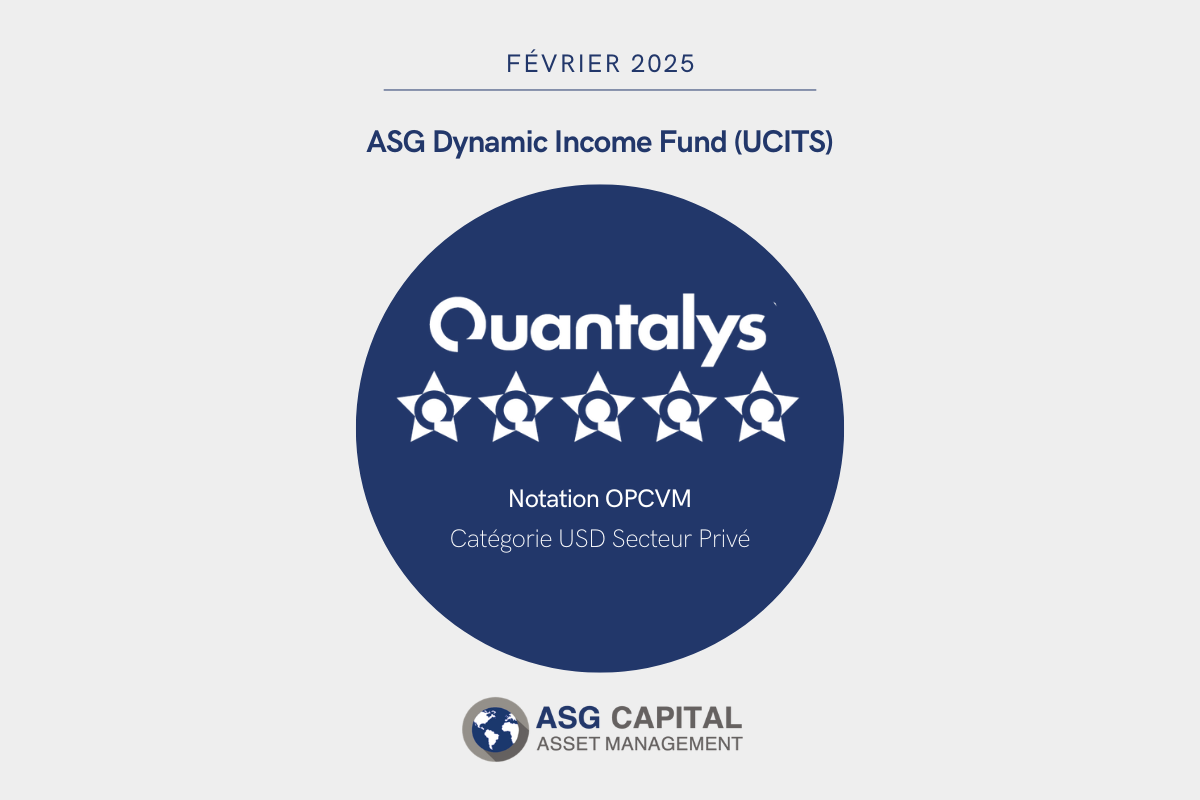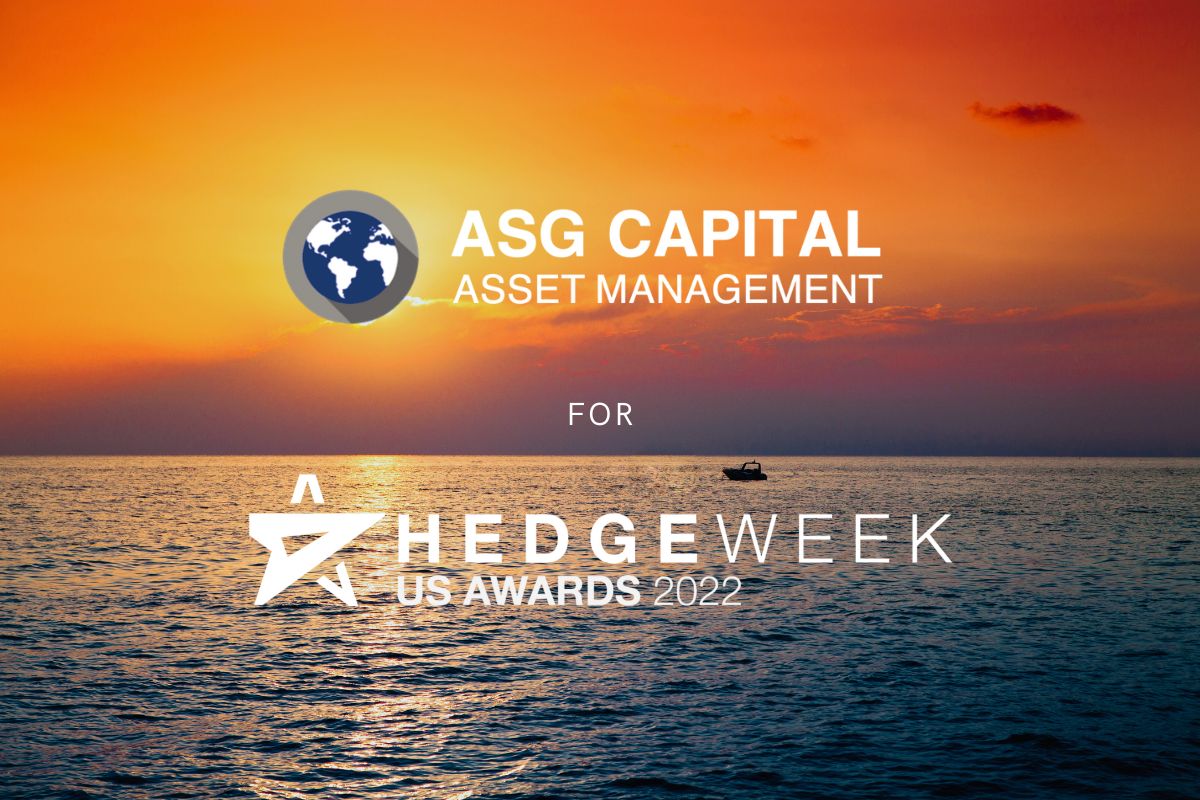We are facing financial market disruptions once again. What lies behind this recent volatility witnessed in 2001, 2008, 2016, 2018 and 2020? Seemingly dissociated, is there a theme linking these situations? Yes, there is: an ever-increasing debt pool and changes in the credit cycle.
Some accounting and finance background
Debt is an accounting entry. For the lender it is an asset on the balance sheet. For a borrower, it is a liability. The cost of the debt is a revenue stream for the one and an expense for the other. However, this accounting balance between the two is fragile. An unpaid loan for example implies the destruction of an asset for the lender as well as the closing out of a revenue stream.
Collectively, individuals, businesses and governments have taken on more and more debt in recent years. In turn, this has fueled economic activity through a ‘here and now’ consumption trend.
However, the progression of this indebtedness has constraints. A limited borrowing capacity or low returns on investment projects can be obstacles to the taking out of new loans. The economist Hyman Minsky described this phenomenon as the ‘Minsky Moment’. Therefore, if debt-financed consumption is curtailed then economic activity naturally decreases weighed down by the repayment of loans previously contracted.
The recent financial crises are a reflection of these borrowing/lending limits. In other words, they underscore the changes in the life cycle of credit. For Ray Dalio of Bridgewater Associates, this cycle has both short and long term moving parts. Pierre Sabatier, French economist, describes them as a mirror of different stages of human existence. We tend to borrow more when we are young with everything to buy. At an older age having accumulated a lot of ‘stuff’, we tend to borrow a lot less.
An observation
There is a link between the quantity of debt and the performance of financial assets. Debt allows for immediate consumption. The more debt there is the more the consumption potential. This translates into higher sales and generally a greater profitability of the corporations supplying these goods and services, notably those quoted of the stock market.
Furthermore, the banking system has favored credit for the purchase of real estate and financial assets. As these are collateral to a loan, banks are generally more comfortable funding them. This has fueled speculation driving the price levels of these assets higher, over the last few years.
However, both these markets are also subject to the whims of the credit cycle, which invariably translates into bouts of turbulence. The higher the debt pool grows the greater the risk of volatile swings in the price of these historically expensive assets.
Thank you Mister President, Nixon
Since the 1970s, debt has grown dramatically. As the gold standard was suspended, the floodgates were opened credit expansion. Today, private and public world debt has reached epic proportions. The size of this debt pool is now disrupting the natural dynamics of a credit cycle.
The charge of the ‘light brigade’
As overseers of the monetary or credit system, Central Bankers had to intervene extensively as this cycle was starting to run out of steam in 2008. Their interventions rebooted an impaired lending machine, and credit flowed back into real estate and financial assets. Even though, this hands-on monetary support has limited downside risk since, it could not eliminate the continuing negative effects of the credit cycle.
Fast forward to 2022
The specter of inflation is back with us after supply chain disruptions and a spectacular rise in the price of raw materials. All eyes are on the Central Banks to see how they will manage this new paradigm while continuing to support the smoothing out of the credit cycle described earlier. So far, the narrative from the authorities is somewhat worrying.
Are we on the eve of a paradigm shift, a step back to less interventionist Central Bank policies?
Normalizing a credit system after years of over-indebtedness is not without significant risk. Many borrowers in the private sector could be exposed to default and bankruptcies as the projects, funded by debt, end up being non-viable concerns. With profitability of corporations impaired, financial markets would then become a lot more volatile than they are today. Finally, the ability to lend or the willingness to borrow, a guide to future wealth creation, might be severely disrupted, weighing on the potential for economic growth. In sum, going back to the past monetary ‘set-up’ would not be so simple.
On their side, the Japanese have chosen to maintain the current interventionist status-quo. They seek to continue to administer the credit and financial system as before. It is likely Western Central Bankers, having followed the Bank of Japan down the interventionist path initially, may, in time, come to the same conclusion as their colleagues in the land of the rising sun.
Let us conclude …
We can see the Covid crisis, war in Ukraine, inflation from dysfunctional supply chains and commodity prices, all hide a more fundamental problem linked to over-indebtedness and its impact on the credit cycle. It is at the heart of the sustainability of the banking system. It is the lifeblood of our modern economies. It is at the center of monetary creation…



